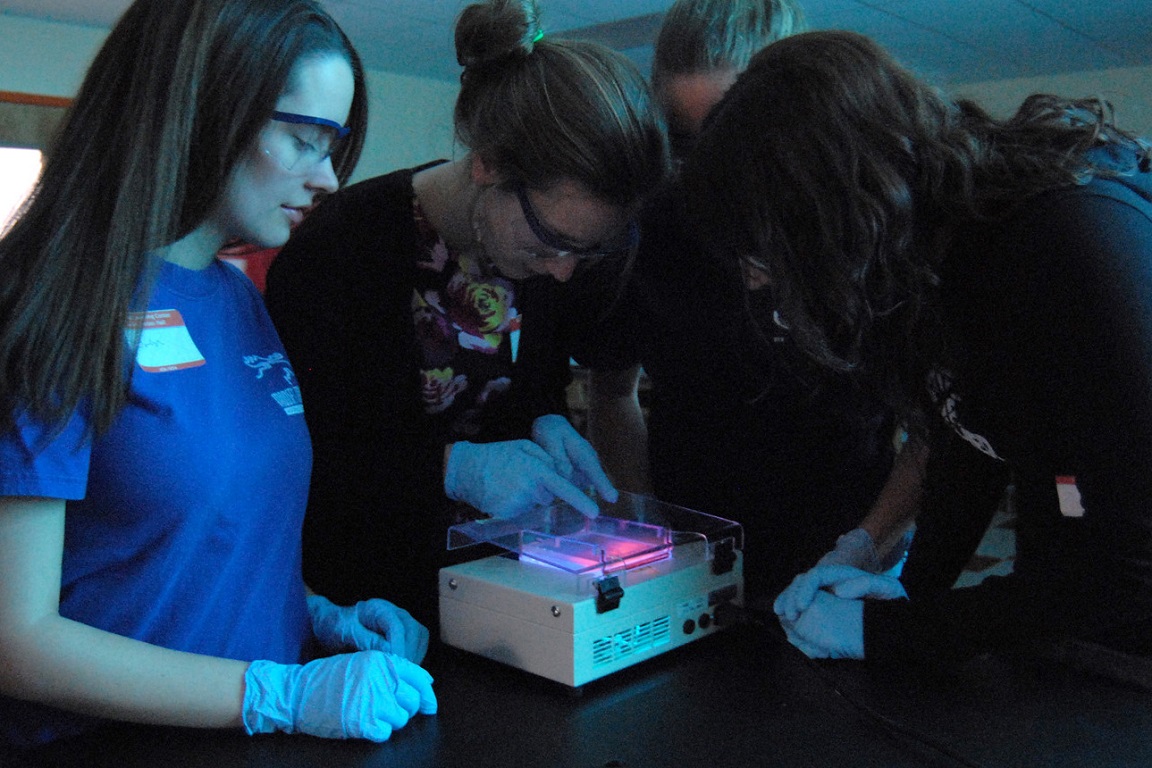
CU Radiation Safety provides support services and guidance on prudent laboratory practices to Clemson researchers in the areas of non-ionizing radiation and magnetic field safety across numerous research disciplines.
-
What does the term “Non-Ionizing Radiation” mean?
The term “Non-Ionizing Radiation (NIR)” refers to electromagnetic waves in the frequency range from single Hz to thousands of THz (~1016 Hz). As its name implies, NIR does not have enough energy to remove electrons from atoms to turn them into ions. Some examples of NIR are radio waves (including cell phones), microwaves, infrared, visible and ultraviolet light.
-
What are the health effects from exposure to NIR?
The mechanism of NIR interaction with a human body is quite different than ionizing radiation (x-ray and radioactive materials). Very strong electromagnetic fields (EMF) can cause adverse health effects by heating body tissues. Fortunately, such strong EMFs are ordinarily not encountered in everyday life. As of today, the existence of adverse health effects due to exposure to “real-life” levels of NIR is not confirmed, though further research is ongoing. You may get more information in our RF Field Fact Sheet (PDF).
-
What magnetic fields should be considered dangerous?
Use of any equipment producing a static magnetic field higher than 5G (Gauss) should include a safety review. Working with such equipment may require special engineering controls, training, postings, operating procedures, etc. Even for the lower strength magnetic fields, there may be additional considerations, for example, cryogenic safety, effects on electronic equipment, etc.

